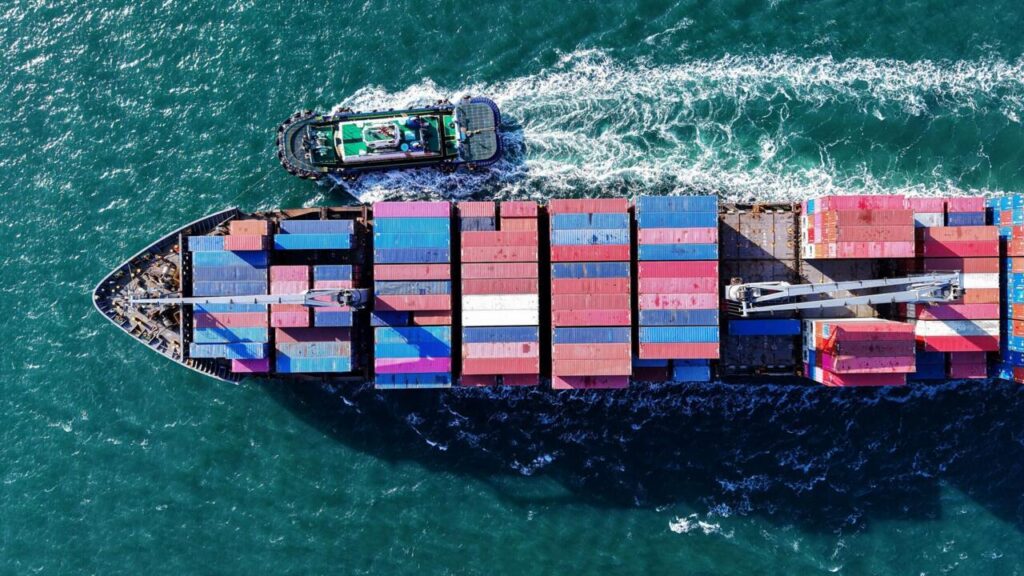The shipping industry remains deeply entrenched in the belief of “economies of scale,” a concept that has dominated the sector for decades. This paradigm revolves around three pillars: mega-ships, mega-carriers, and mega-ports. While the growth in these areas has been staggering, the benefits are increasingly questionable. Despite widespread acceptance, the reality is that this model may no longer serve anyone’s interests—neither the shipping lines, nor the shippers, nor the ports.
Shipping companies have invested heavily in ultra-large container vessels, expecting cost savings. Yet, the opposite has occurred. Overcapacity plagues the industry, driving freight rates down and leaving ships half-empty. The anticipated economies of scale have failed to materialize, replaced instead by financial losses. To cope, rival companies have formed uneasy alliances, pooling resources to fill these colossal ships. Some argue that overcapacity is temporary, but the cycle is self-perpetuating: low rates prompt orders for even larger ships, exacerbating the problem. The promised savings remain elusive.
Shippers might rejoice at lower transport costs, but the risks are mounting. Relying on fewer, larger ships and a handful of mega-ports reduces flexibility and increases vulnerability. Delays or accidents now have far-reaching consequences, and unpredictable blank sailings disrupt supply chains. The reduced frequency of services and limited routing options further diminish the appeal of this model.
Ports and terminals are also bearing the brunt. Adapting to mega-ships requires costly infrastructure upgrades, while the peaks in activity strain operations and reduce returns on investment. Mega-carriers wield significant bargaining power, shifting cargo between ports at will and leaving terminals vulnerable to sudden changes. Meanwhile, mega-ports grapple with hinterland congestion and emission spikes, problems that are expensive to mitigate.
Who truly benefits from this relentless pursuit of scale? Shipbuilders and equipment manufacturers might, but their businesses wouldn’t suffer if growth stabilized. The public, while enjoying cheap goods, faces the downsides: congested cities, job losses due to automation, and environmental degradation. Mega-ships concentrate these issues, creating peaks in pollution and labor demands that are hard to manage.
It’s a paradox: no one gains clear advantages, yet the industry clings to the idea that “bigger is better.” The persistence of this outdated paradigm is baffling. As the flaws become undeniable, a new approach to container shipping may soon emerge—one that prioritizes efficiency and resilience over sheer size. The change can’t come soon enough.

